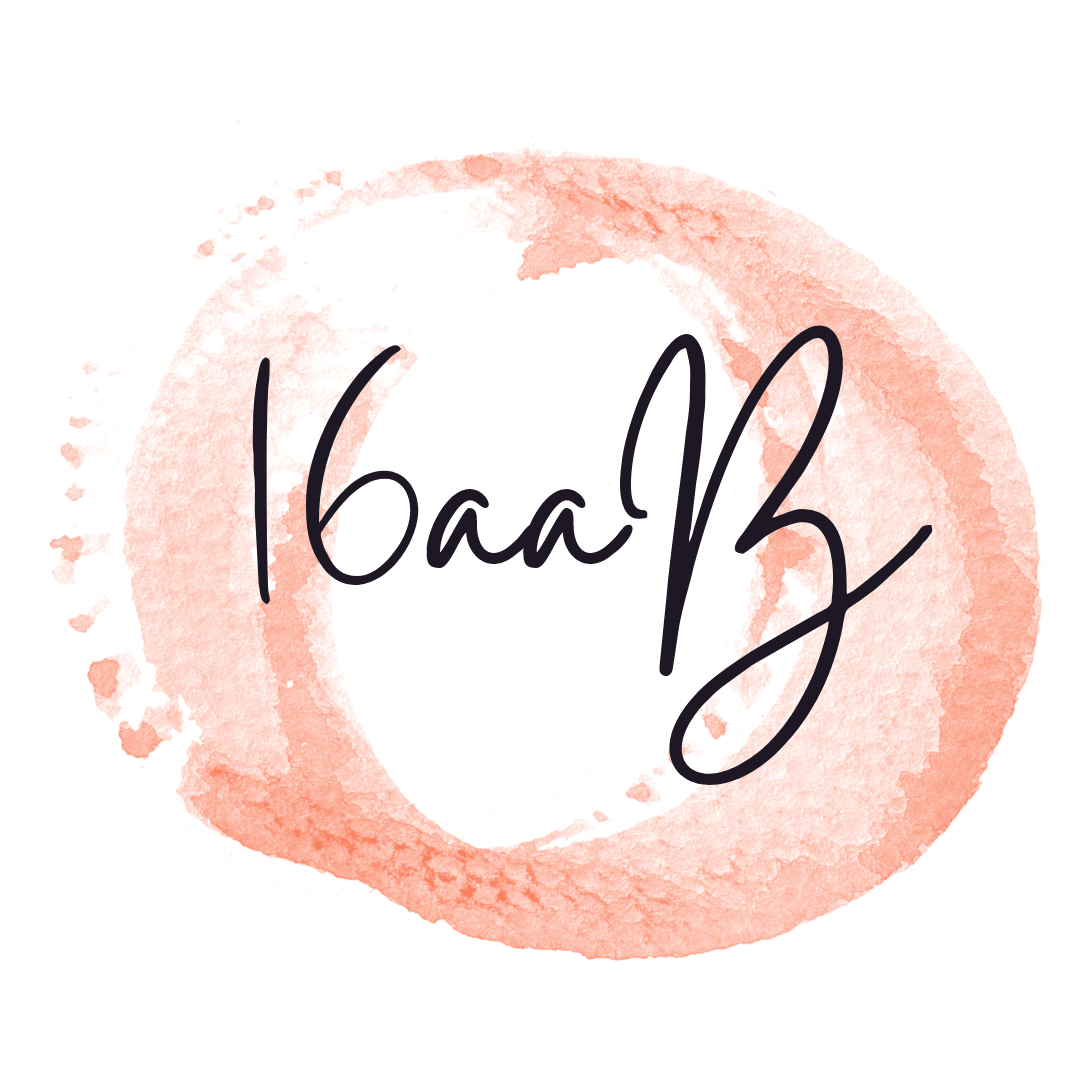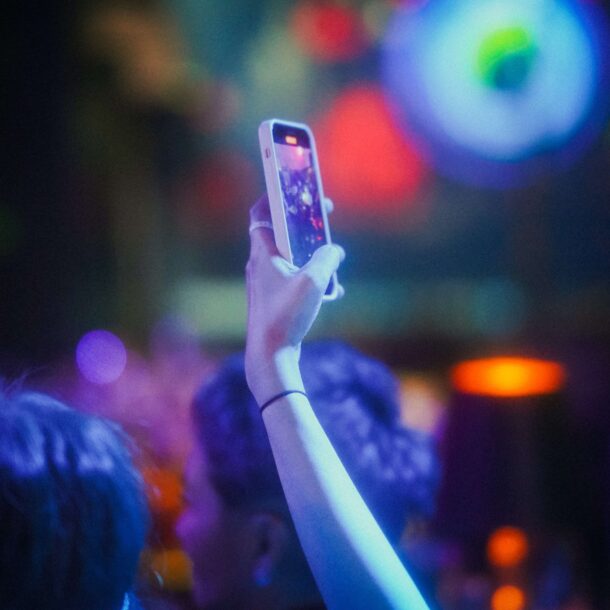Two titans have emerged, capturing the attention and time of millions worldwide. Instagram and TikTok have taken the digital world by storm, offering distinct experiences to their users. As we delve into the captivating face-off between these platforms, let’s explore the features, cultures, and impact of Instagram and TikTok in the ultimate clash of the social media giants.
The Rise of Instagram and TikTok
Instagram: Established in 2010, Instagram swiftly became a hub for sharing visual content. Focusing on photos at its inception, it evolved to incorporate videos and stories, allowing users to curate their lives through stunning visuals. The introduction of IGTV expanded its reach, accommodating longer video formats. With its user-friendly interface and emphasis on aesthetics, Instagram attracted a massive user base.
TikTok: Bursting onto the scene in 2016, TikTok introduced a new way to create and consume short-form videos. This platform enabled users to showcase their creativity, lip-sync to songs, and partake in challenges through engaging and often humorous videos. Its algorithm’s ability to personalize content fueled its rapid growth, attracting younger audiences and viral trends.
A Clash of Features
Instagram: One of Instagram’s defining features is its variety of content formats. Users can share photos, videos, and stories, maintaining a visual diary of their lives. The platform’s focus on filters and editing tools empowers users to craft eye-catching content. The “Explore” page recommends posts tailored to users’ interests, promoting content discovery.
TikTok: TikTok, on the other hand, thrives on its simplicity. Its mainstay is short videos, usually set to music. The “For You Page” serves a similar purpose to Instagram’s “Explore” page, delivering a personalized stream of content. What sets TikTok apart is its user-friendly video editing tools, enabling anyone to produce engaging videos with special effects.
Cultural Differences
Instagram: With its roots in visual expression, Instagram often promotes a polished and curated version of reality. Users share picturesque moments, highlight reels, and travel escapades. However, this pursuit of perfection has drawn criticism for contributing to unrealistic standards and fostering a sense of insecurity.
TikTok: TikTok thrives on authenticity and relatability. Its users often showcase their unfiltered selves, embracing imperfections and sharing mundane yet amusing snippets of their lives. This realness has cultivated a sense of community and belonging among users.
Impact on Society
Instagram: The “Instagram influencer” culture emerged as individuals gained massive followings, leading to partnerships with brands. However, concerns arose regarding authenticity and the impact of constant comparison on mental health. To counter this, Instagram began hiding like counts in some regions to shift the focus from popularity to content quality.
TikTok: TikTok has been celebrated for democratizing content creation. Ordinary users can swiftly gather large followings based on the appeal of their content, rather than their existing fame. The platform’s trends, challenges, and dances have also had a significant impact on pop culture, with TikTok serving as a launchpad for viral songs and internet phenomena.
The Metamorphosis of Social Interaction
Instagram vs. TikTok: While Instagram leans towards aspiration and storytelling, TikTok celebrates creativity in its raw form. The battle between these giants isn’t just about the platforms themselves, but the evolution of social interaction and content consumption in the digital age.
In conclusion, Instagram and TikTok stand as two distinct pillars of the modern social media landscape. Instagram’s emphasis on visual aesthetics and storytelling contrasts with TikTok’s celebration of authenticity and creativity. Each platform has left an indelible mark on our society, influencing trends, culture, and even mental health. As we continue to navigate this dynamic digital landscape, one thing is certain – the clash of Instagram and TikTok will keep reshaping how we connect, create, and share in the digital realm.


